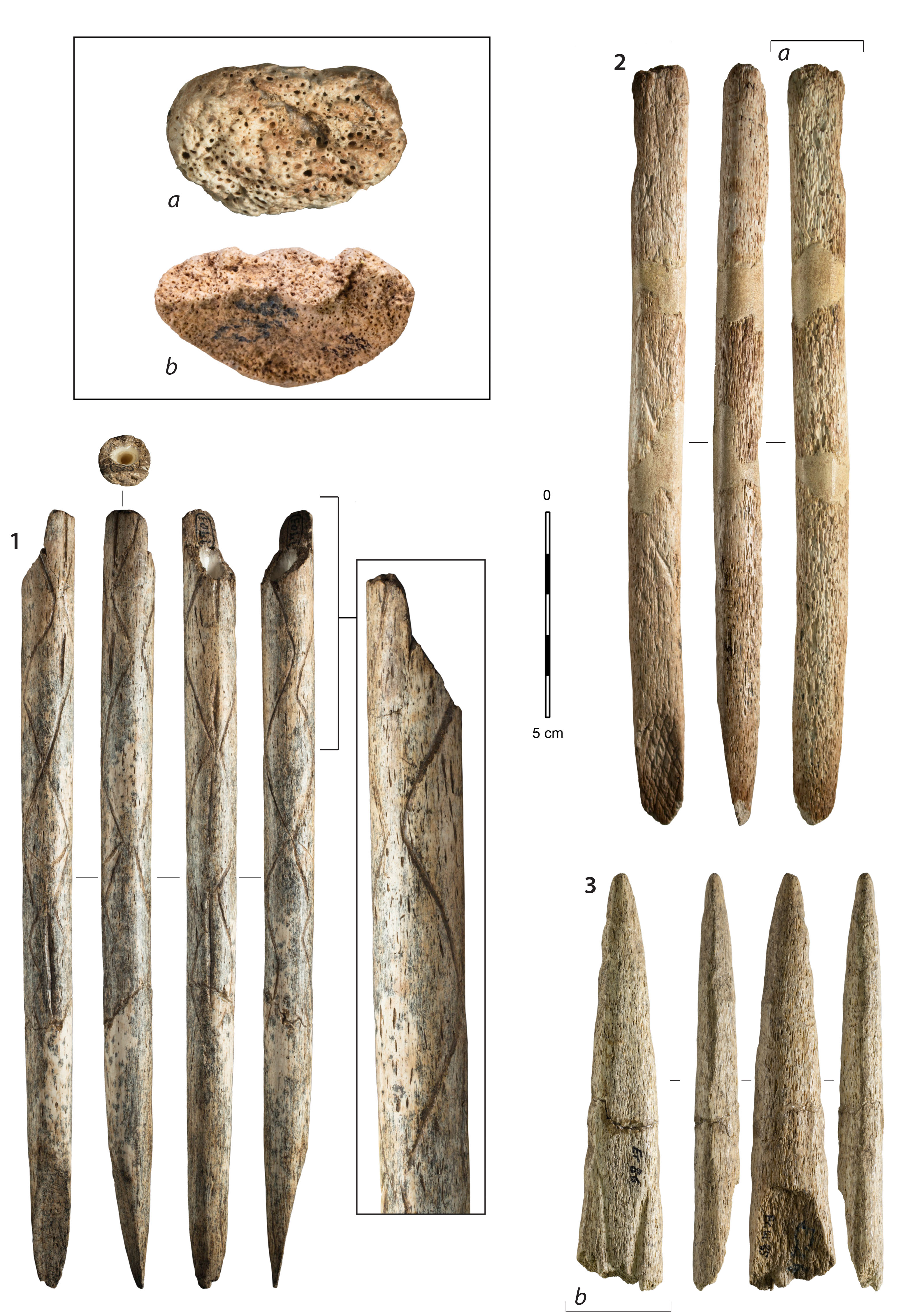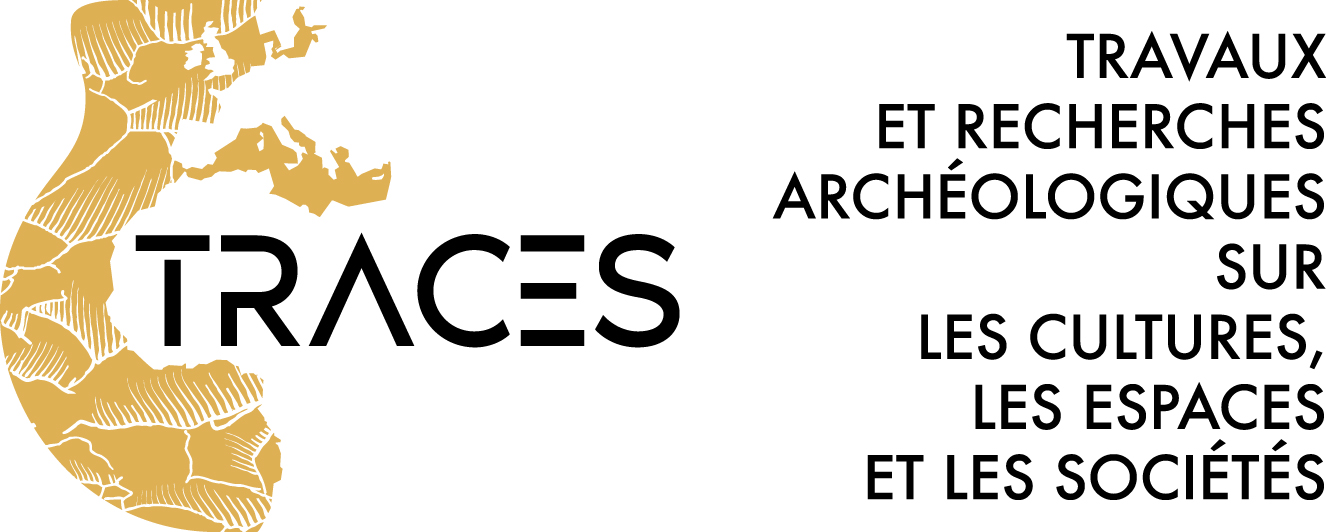-
Partager cette page
Lefebvre A. et al. 2021. Interconnected Magdalenian societies as revealed by the circulation of whale bone artefacts in the Pyreneo-Cantabrian region, Quaternary Science Reviews 251: 106692
Publié le 6 décembre 2020 – Mis à jour le 20 mai 2021
le 25 novembre 2020

Lefebvre, A., Marín-Arroyo, A.B., Alvarez-Fernandez, E., De la Rasilla Vives, M., Duarte Matías, E., Cueto, M., Tapia, J., Berganza, E., Pétillon, J.-M. 2021. Interconnected Magdalenian societies as revealed by the circulation of whale bone artefacts in the Pyreneo-Cantabrian region, Quaternary Science Reviews 251: 106692.
https://doi.org/10.1016/j.quascirev.2020.106692
Coastal adaptations of Palaeolithic foragers along the north Atlantic seaboard have received renewed attention in the last decade and include growing evidence for exploitation of whale bone by Late Glacial Magdalenian groups to the north of the Pyrenees. Here we present a systematic revision of Magdalenian osseous industries from the Cantabrian region designed to explore whether this phenomenon was more widely shared by hunter gatherer groups along the Atlantic coast of the northern Iberian Peninsula. Fiftyfour whale bone objects were identified from 12 of the 64 sampled sites. Essentially represented by large, finished weapon elements (projectile points), these objects are primarily associated with the middle phase of the Cantabrian Magdalenian, and overlap slightly with the beginning its upper and probably the end of its lower phases. More broadly, the circulation of these objects evinces regular, long-distance (ca. 600 km) communication networks operating on both sides of the current French and Spanish Basque Country between 17.8 and 15 cal ka BP. The structure of this network poses interesting questions concerning potential social and/or economic interactions between Magdalenian groups from the Pyrenees and neighbouring Cantabrian region.We suggest that the use of whale bone by these particularly mobile hunter-gatherer groups for the production of hunting weapons was connected to the longer use-life afforded by the large size of this particular raw material. This choice potentially reflects attempts to offset raw material transport costs by privileging their regular maintenance rather than the replacement of hunting weaponry. This growing body of evidence for the exploitation of marine resources during the Magdalenian further reinforces the Bay of Biscay being the backdrop to the emergence of the first regular, diversified and organized coastal economies at the end of the Last Glaciation.
https://doi.org/10.1016/j.quascirev.2020.106692
Coastal adaptations of Palaeolithic foragers along the north Atlantic seaboard have received renewed attention in the last decade and include growing evidence for exploitation of whale bone by Late Glacial Magdalenian groups to the north of the Pyrenees. Here we present a systematic revision of Magdalenian osseous industries from the Cantabrian region designed to explore whether this phenomenon was more widely shared by hunter gatherer groups along the Atlantic coast of the northern Iberian Peninsula. Fiftyfour whale bone objects were identified from 12 of the 64 sampled sites. Essentially represented by large, finished weapon elements (projectile points), these objects are primarily associated with the middle phase of the Cantabrian Magdalenian, and overlap slightly with the beginning its upper and probably the end of its lower phases. More broadly, the circulation of these objects evinces regular, long-distance (ca. 600 km) communication networks operating on both sides of the current French and Spanish Basque Country between 17.8 and 15 cal ka BP. The structure of this network poses interesting questions concerning potential social and/or economic interactions between Magdalenian groups from the Pyrenees and neighbouring Cantabrian region.We suggest that the use of whale bone by these particularly mobile hunter-gatherer groups for the production of hunting weapons was connected to the longer use-life afforded by the large size of this particular raw material. This choice potentially reflects attempts to offset raw material transport costs by privileging their regular maintenance rather than the replacement of hunting weaponry. This growing body of evidence for the exploitation of marine resources during the Magdalenian further reinforces the Bay of Biscay being the backdrop to the emergence of the first regular, diversified and organized coastal economies at the end of the Last Glaciation.






